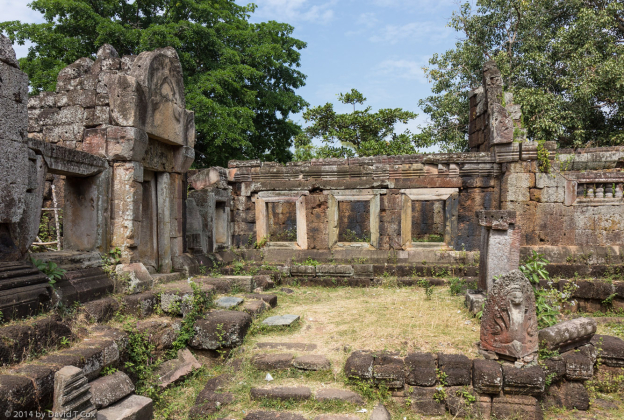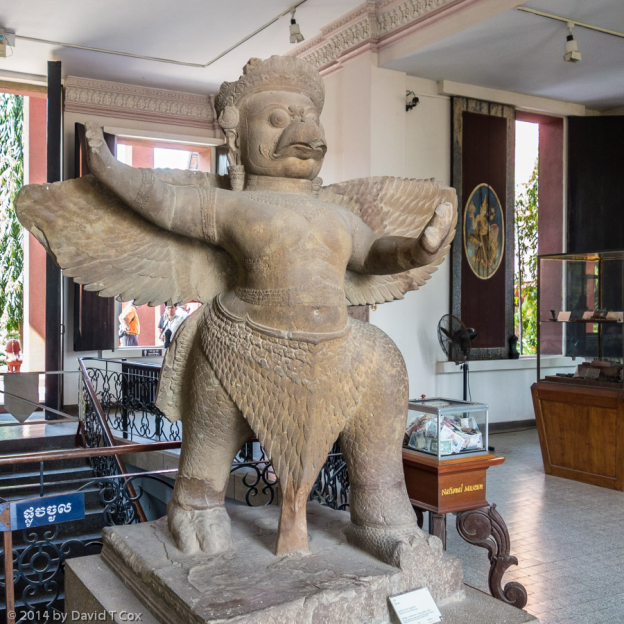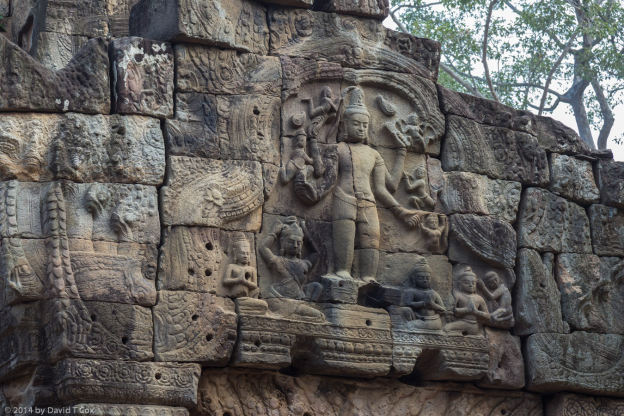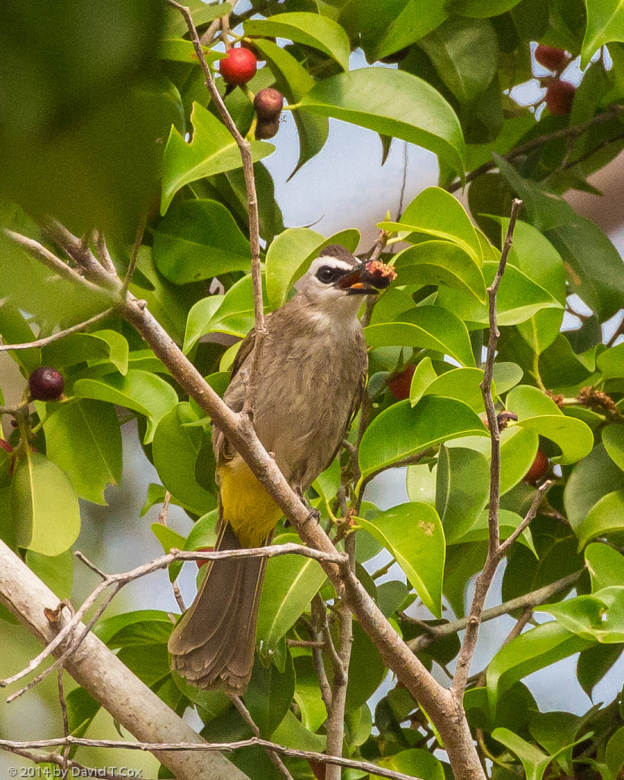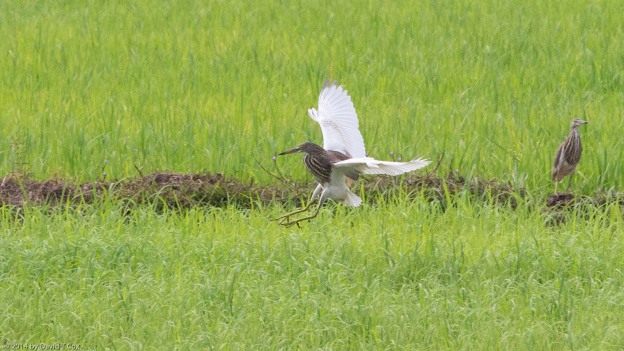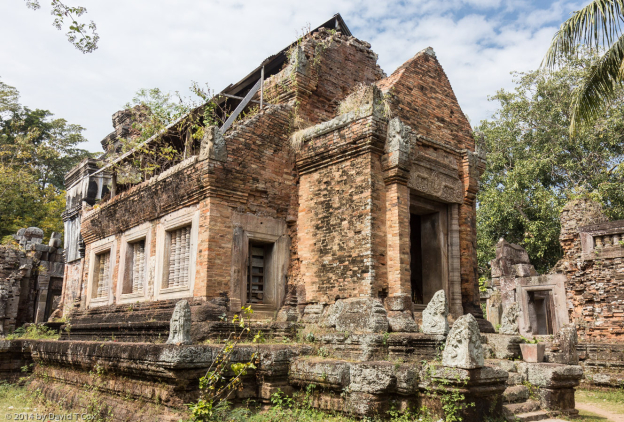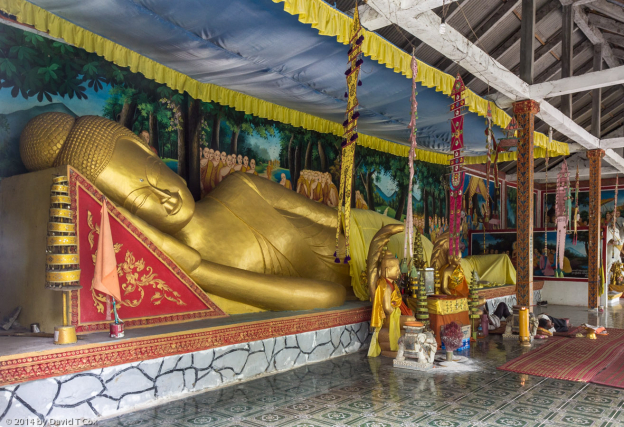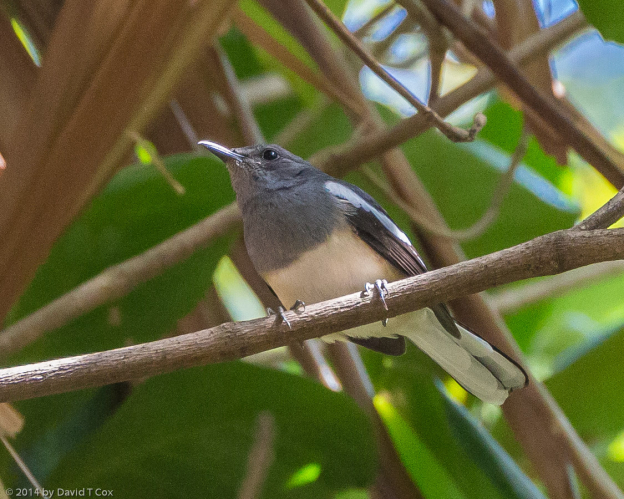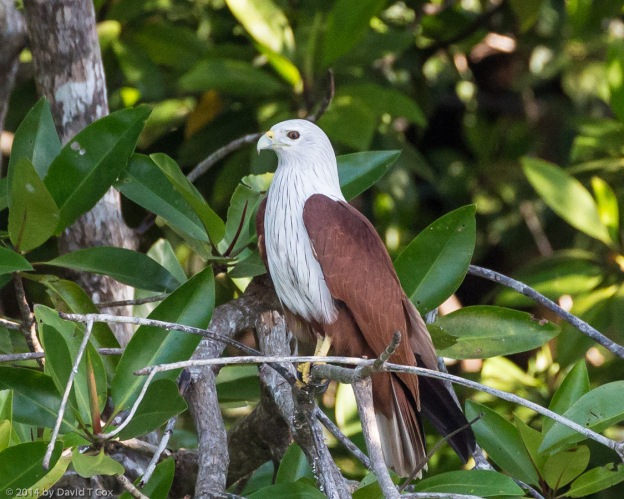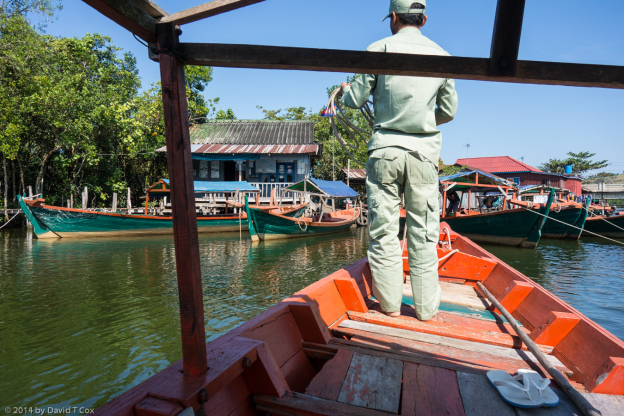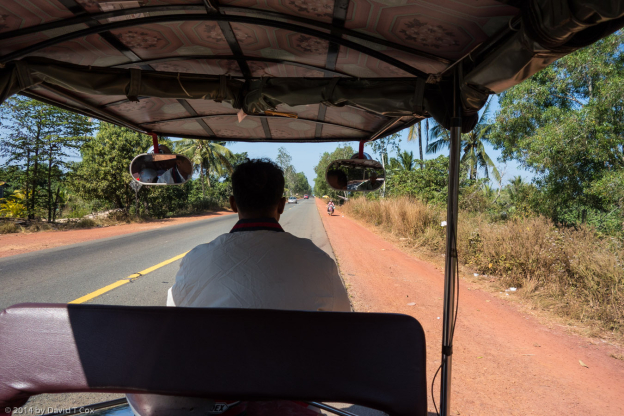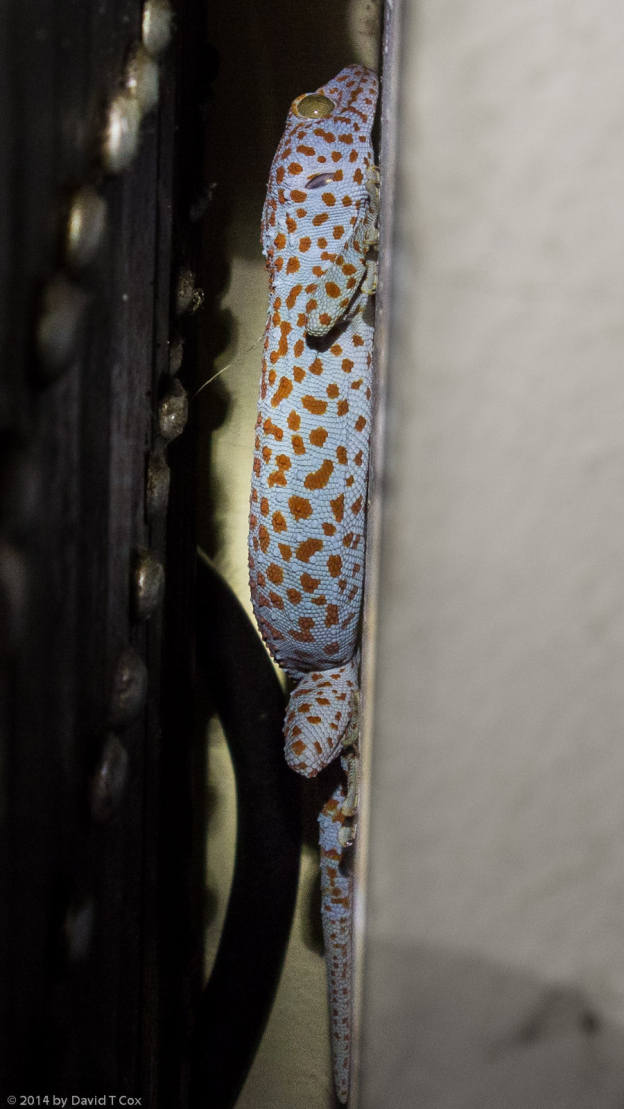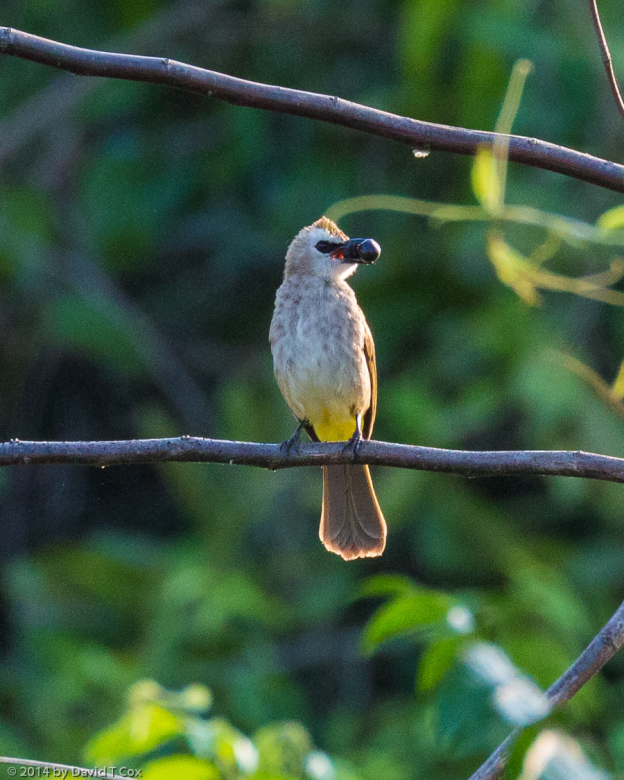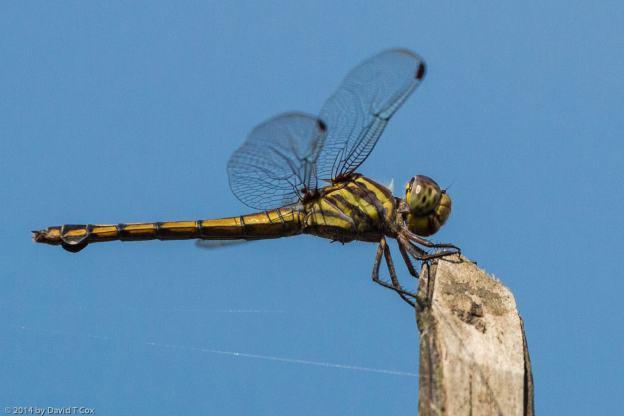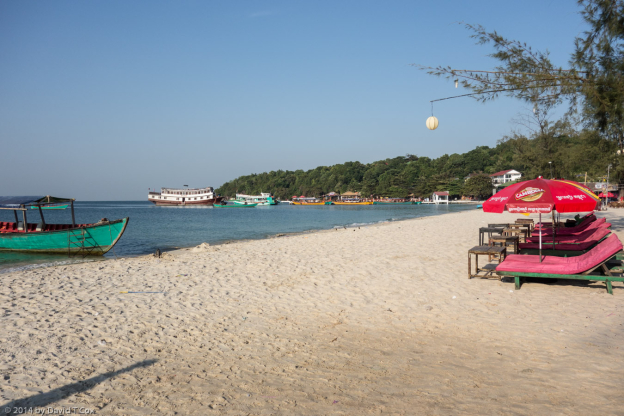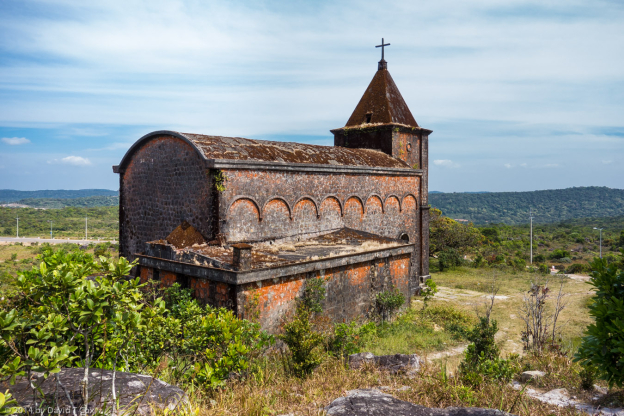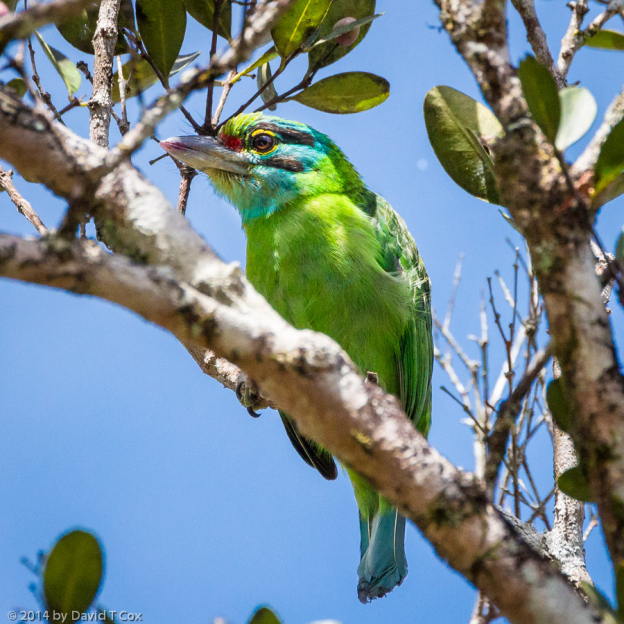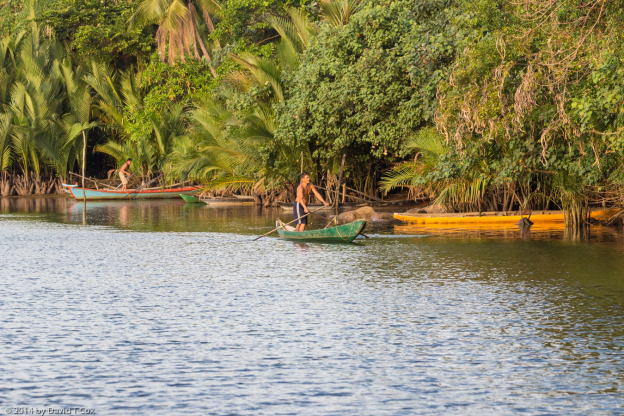All Photos Are Below the Travelogue Text
Click on Any Photo To Open Slide Show
To print the travelogue, right click anywhere on the page. Choose "Print" from your browser dialog box. You can choose Save to PDF in the browser print window.
Share your thoughts.
Email Dave - coxdavid55@hotmail.com
I last reported 11 days ago from Phnom Penh after visiting the Silver Pagoda and Wat Phnom. Since, I have traveled first to Sihanoukville and then to Kampot, both on the southern coast. Before leaving Phnom Penh I spent a couple of mornings trying to photograph birds in the park around Wat Phnom, and spent several hours at the National Museum which houses mostly stone sculpture of the Khmer culture, pre-Angkorian (100-800 AD) and Angkorian Empire (800-1300 AD) periods. Many of the monuments are quite massive. Most represent the various Hindu deities and avatars, which until very late in the Angkorian Period was the religion practiced – adopted, of course, from India. Around the end of the 13th century, at the beginning of the end of the Angkorian Period, Buddhism was more formally adopted and, ultimately, became the religion practiced to this day, although Hindu deities still abound everywhere. The museum, unfortunately, does not permit photos of most of the artifacts it houses, apparently because that would cut into the sale of its expensive photo guide to the museum’s major pieces. I was permitted to photograph one of the masterpieces, a huge statue of Garuda, the Hindu hawk-eagle god. Artifacts other than the huge stone monuments apparently were looted during the time of the Khmer Rouge.
On Thursday I hired a tuk tuk, the small covered carriages pulled by small motorcycles, to spend an all-day out-of-town visit to two Angkorian temple sites south of Phnom Penh. The ride through the heart of the capital, and then south on the pot-holed highway was first-rate for visuals of the country, but for the kidneys horrifically uncomfortable – the suspension was pretty much non-existent. The first temple, Ta Prohm at Tonle Bati, was built by King Jayavarman VII around the end of the 13th C; it is dedicated to the Hindu God Vishnu (Jayavarnan was the king who later turned to Buddhism, converting the countries’ religious practices), and is a decent, but small, example of Angkorian Temple construction. Some small girls selling flowers, to be presented to the gods in the temples, pretty much followed me for two hours, just sort of staying out of most of my pictures. The attendants who clean and sweep the site are a constant presence when one enters any of the temples, insistently trying to get permission to light a candle or incense for your benefit, as an offer of worship to the now standing Buddha statues inside – of course, they are not being pious – just another angle for a baksheesh.
From Ta Prohm we continued south another hour to the earlier hilltop temple of Phnom Chisor built by Suryavarman I very early in the 11th C. Transport stops at the base of the mountain, which rises all alone 380 feet from the flat plain. The climb to the top is up a steadily ascending concrete trail, plus an additional 412 steps (my guidebook counted them – I did not). The day was hot and sunny, and the climb, with a 25lb pack with all camera gear, was not pleasant. The ruins sit beside a current Buddhist monastery with many very young boys lounging around in hammocks attired in their orange garments. The general site was unfortunately littered with trash; mostly plastic bottles and bags. I would have thought that being a monastery, surrounding the holy ruins, and having numerous young acolytes, perhaps someone higher up would have thought it fit to try to keep the place clean. Guess not. Many of the main structures inside the site walls were built of brick rather than stone. Where massive stones were used, the stones were carved to fit together, without mortar, as in the ancient construction of the Hittites (Turkey) and the more recent Inca (Peru).
From Phnom Penh, on Sunday, I traveled by bus to Sihanoukville, on the southern coast of Cambodia. It is a port city built just within the past 50 years to avoid the necessity of all sea commerce having to pass down the Mekong through Vietnam. Sihanoukville has a number of relatively pretty beaches, but almost all suffer from trash strewn everywhere. It appears to be a destination for many foreigners seeking cheaper versions of Thailand’s coast, and offers many boat trips for scuba diving and snorkeling around neighboring islands. I stayed at a mid-priced western style hotel, the Coolabah, with a nice pool and room. The little restaurants lining the two roads down to the beaches competed fiercely for business; almost all advertised 50 cent mugs of beer, and most dishes were in the $2 to $4 range. The food was nothing to brag about, but decent Khmer food. At two different places I loved what they simply call vegetable curry, which was cut up veggies in a sweet-hot coconut milk curry. Delicious.
I traveled to Sihanoukville to visit the much-written about Ream National Park just a few kilometers outside of town. The Park includes broad-leaf jungle on its forested hills, extensive mangrove networks and shallow tropical ocean. I assumed this would be one of the ideal places to do bird and wildlife photography, and paid for the necessary private Park Ranger private guides, and private boat for a long trip on the water through the mangroves, as well as a total of 5 hours walking the broad-leaf jungle. All this on top of two round-trips by tuk tuk to the Park from Sihanoukville. I really was astonished at the paucity of visible life on the waterways. Saw one troupe of monkeys deep in the mangroves, but only 4 species of birds, 3 of them relatively common on multiple continents. The forests and edges of villages provided perhaps a total of 9 species, again half of them common to many continents. This disappointment came on top of the fact the Park Rangers were utterly ignorant of the wildlife. They knew the generic egret with no idea we saw a total of 3 different species (which I tried to explain to them, apparently without success). They knew also the generic heron, swallow and kingfisher; that pretty much summed it up. No idea what any of the small forest birds were. By far the most common bird outside the mangroves is the ever-present yellow-vented bulbul, and I finally was able to teach this bird to the guide where he actually started to recognize it, calling it the yellow bulbul (he could not understand the vented part). However, he promptly applied the name to two other mid-size bird species, as well as identifying the bee-eaters as kingfishers and swifts as swallows. I hoped the guide might at least know the common mammals in the park – and asked re the monkey species we saw; The ranger promptly identified them as the “big” monkeys – they had 2 kinds of monkeys in the Park – “big” and “small” monkeys. You get my drift.
The trip to the Park each day was interesting; from Sihanoukville I hired a tuk tuk for the day, using the same driver on 3 different days. His name was Rambo. He was recommended by my hotel, so basically honest, but invariably trying to get me to “sightsee” just a little off our planned agenda so he could inflate the agreed upon charge. I have found by and large the Cambodians extremely honest; I have not seen outright dishonesty among the tuk tuk drivers, but it is the one obvious spot where tourists will be “taken for a ride” with respect to the prices. The drivers in tourist areas, as with meterless taxis everywhere on earth, try to get away with whatever price they can.
Much of the countryside is flat, and even now in the dry season is partially flooded. This is where wet rice farming is done. Although this is not the growing season for rice, everywhere the domestic water buffalos can be seen wallowing in the muddy fields.
From Sihanoukville I traveled yesterday by minivan to Kampot, just a short hop east down the coast. The promised 2 hour trip in private van, which is what the service promised, is now just a memory of the promise. After loading all the tourist passengers who had bought advanced tickets, the van spent the next hour picking up and dropping off packages around the hills of Sihanoukville. 45 minutes after I had been picked up, we were back at a location I recognized as just 5 minutes from where we had started. Then the van went into wait mode at several locations in and around the town until it had packed in many more local residents standing in the front before finally, and slowly, proceeding to Kampot.
I am staying in an old hotel in the colonial French quarter, the Bokor Mtn Lodge. One guide book calls it very old but “charismatic” – I’m not sure what that means, but accept it as sounding about right. It has just 6 rooms, and is situated on the large river through town which empties into the Prek Kampot Bay just south of town. Kampot is pretty, with many 100 year old French houses on the River area around my hotel. Yesterday I took a group tour up into the Bokor Mountains, about 1,100 meters (3,600 ft.) above the plains. Most of the Bokor Mountain range is a national park, but immediately at the top of the road are the ruins of a 1920-1950 French hill-station built in the cooler jungles at elevation. Reminds me much of perhaps Chikalda where I went to the first grade in hills in central India. Many buildings are now ruins, covered in a pretty red lichen coating. Again, I was looking for birds, and finally found a few interesting ones at the Popokvil Waterfalls where we stopped for lunch. Especially nice was getting decent photos of a Mustached Barbet, a beautiful green bird with brilliant blue, red and yellow on the head. I may try to get a private ride back up the mountain another day to spend more time birding that area. Included in the tour was a sunset cruise up the Teuk Chhou (Kampot Bay) River, flowing out of the Bokor Mountains. We watched the sun setting over the Bokor Mountains and the fishing boats returning for the evening – a number of birds flew at distance overhead.
Before leaving Sihanoukville, I visited the Vietnamese Consulate and obtained a visa for Vietnam. The southern-most land border with Vietnam is just an hour from Kampot, and in a few days I thought I would travel across the border here, and then head a couple hours north to the Mekong Delta region. I expect to spend a few days visiting the floating cities and markets of the Delta, before returning to Cambodia (Phnom Penh) by boat up the Mekong.
Until later. Dave
- Garuda in sandstone, Angkorien 1st half 10th C, National
To print the travelogue, right click anywhere on the page. Choose "Print" from your browser dialog box. You can choose Save to PDF in the browser print window.
Share your thoughts.
Email Dave - coxdavid55@hotmail.com
